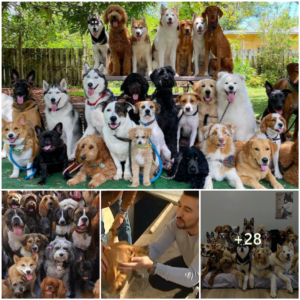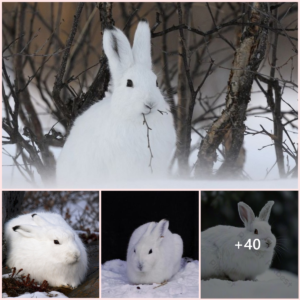When mentioning the name Hachiko, many people probably no longer find it strange. This is a real famous dog in Japan. Hachiko belongs to the Akita dog breed, born on November 10, 1923 on a farm in Akita province. After that, it was brought to Tokyo by its owner, Hidesaburo Ueno – a professor of agriculture at Tokyo Imperial University. For many years, Hachiko went to Shibuya station every afternoon to wait for his owner to come home from work.

The movie Hachiko (2009) was adapted by Hollywood
On May 21, 1925, Mr. Ueno suddenly died of a stroke while teaching. It was the first day at 3 pm, Hachiko did not see the familiar figure of his owner at the train station gate. But since then, every afternoon, the loyal dog still runs to the door of Shibuya station to wait for his owner to return, waiting in vain for a miracle. This journey continued for 9 years and 9 long months, until the day Hachiko himself passed away on March 8, 1935.
The extremely touching story of the dog Hachiko was spread throughout Japan and was later made into a famous movie. At Shibuya station in the heart of Tokyo, there is still a statue of Hachiko to commemorate this loyal dog. However, there are still many other interesting facts about Hachiko that not everyone knows.
1. Hachiko is not his real name
Hachiko is a purebred Akita dog born in Odate city, Akita province. Hachiko was sold for 30 yen to Hidesaburo Ueno. This was quite a large amount of money at that time. In Odate city today there is also a statue of Hachiko located in front of the largest central station.
Because Hachiko was transported on the express train to Tokyo at 8 p.m., Professor Ueno named his puppy Hachi, which means number 8 in Japanese. Much later, after he passed away and became famous, people added the suffix “ko” to Hachi’s name because this is the word to express respect in Japanese naming. Over time, everyone called Hachi Hachiko.
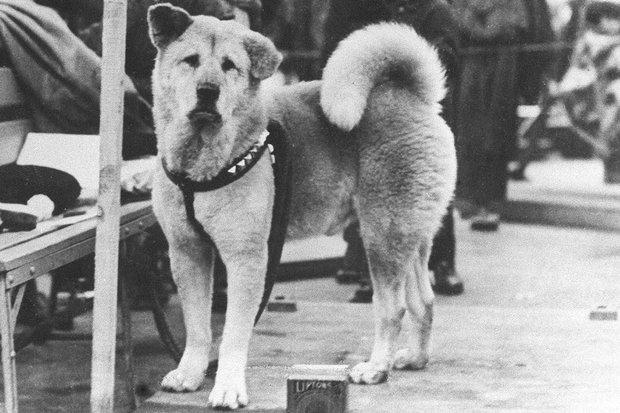
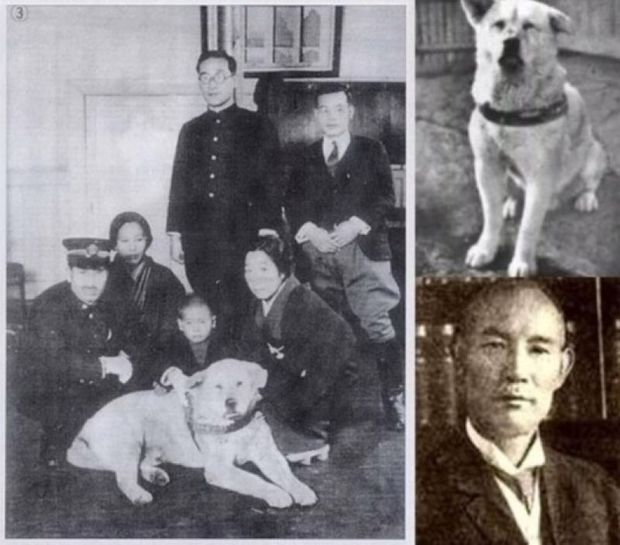
2. Hachiko was brought to many different families after his owner passed away
After Professor Ueno passed away, Hachiko’s family gave him to another place to raise. But no matter which house he went to, Hachiko still found a way to run to Shibuya station every afternoon. There were houses several miles away from the station, but Hachiko persisted with his journey. After changing owners many times, it finally “settled” with the new owner, a gardener for Mr. Ueno during his lifetime named Kikuzaburo Kobayashi. Because Kobayashi’s family lives quite close to Shibuya station, it is more convenient for Hachiko to go there every afternoon.
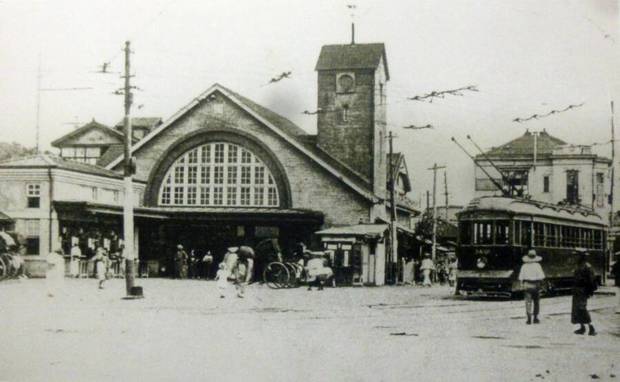
Shibuya Station in the 1920s
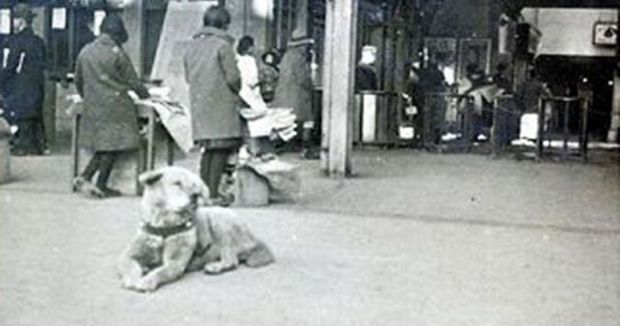
3. Why did Hachiko’s story spread?
In 1932, when Hachiko was still alive, Mr. Hirokichi Saito – President of the Japanese Dog Preservation Association heard the story of the dog waiting every day for its deceased owner. Hirokichi Saito is a former student of Professor Ueno and an expert in Akita dog research.
He wrote this story in Asahi Shibum magazine and it quickly spread throughout Japan because it touched everyone’s hearts. Hachiko has become famous since then and is known as a symbol of loyalty.
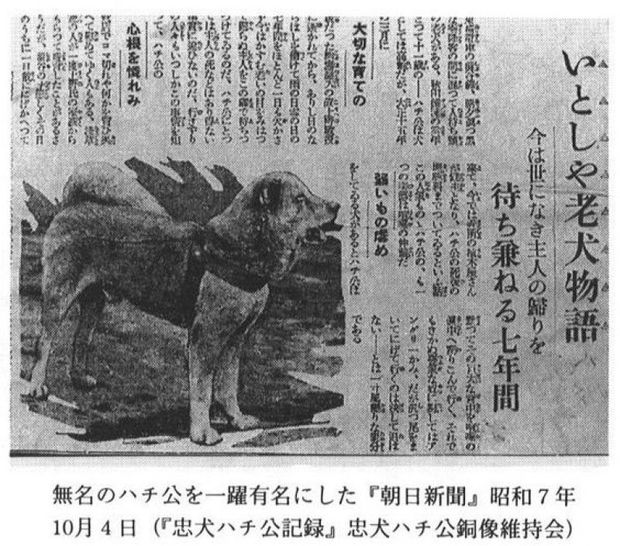
5. Hachiko has become a dog that attracts local tourists
After being featured in the newspaper, Hachiko was loved by everyone in Japan. Since then, every day there have been people coming to Shibuya station not to take the train, but to see Hachiko. There are even many people who are willing to travel long distances from other provinces to Tokyo just to see the famous dog with their own eyes.
In 1934, one year before his death, the dog Hachiko was sculpted and erected in the center of Shibuya Station. The author of this famous statue is sculptor Teru Ando, who is also a friend of President Hirokichi Saito. Hachiko’s statue was destroyed during World War II. Later, Teru Ando’s son rebuilt the new statue again.
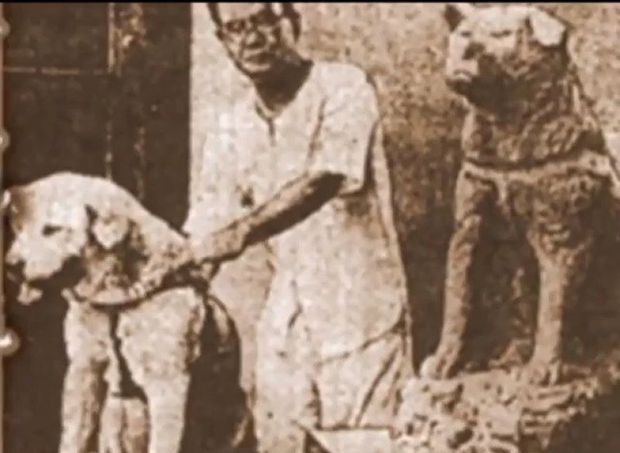

Currently, the famous dog’s organs are still kept at the University of Tokyo’s Faculty of Agriculture Museum. Hachiko’s original fur is also on display at the National Museum of Nature and Science.
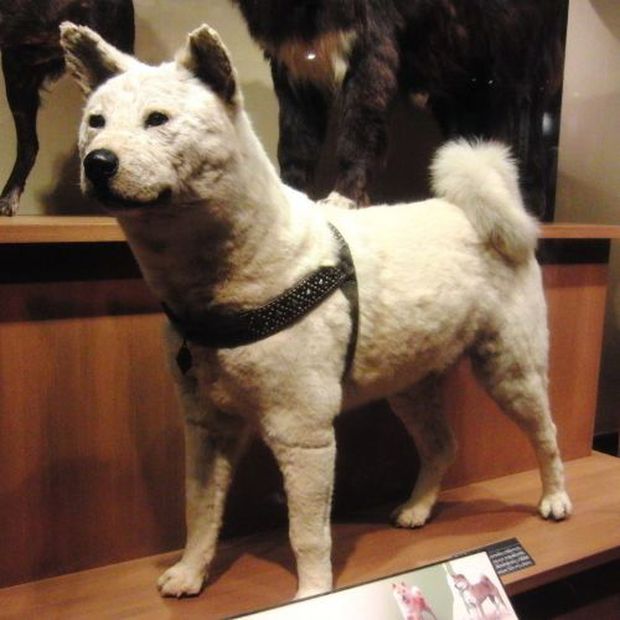
https://cafebiz.vn/nhung-chuyen-it-nguoi-biet-ve-hachiko-chu-cho-dung-o-san-ga-10-nam-doi-chu-da-tro-thanh-bieu- tuong-cua-long-trung-thanh-2022070408365972.chn



